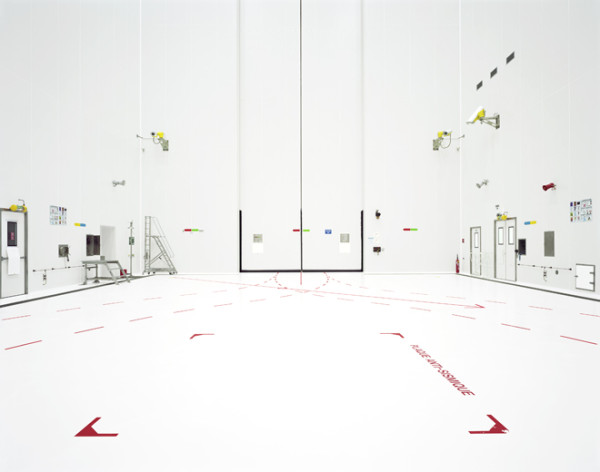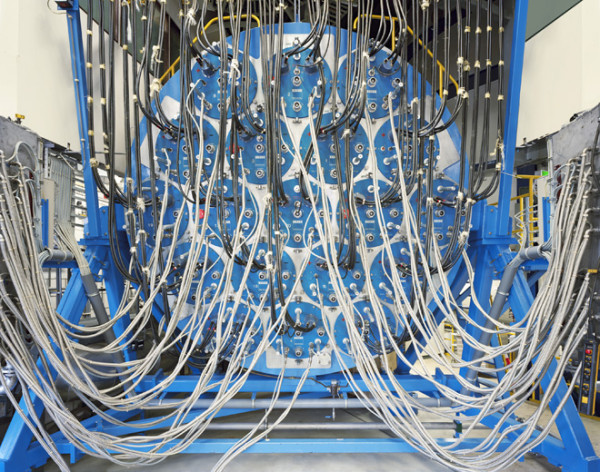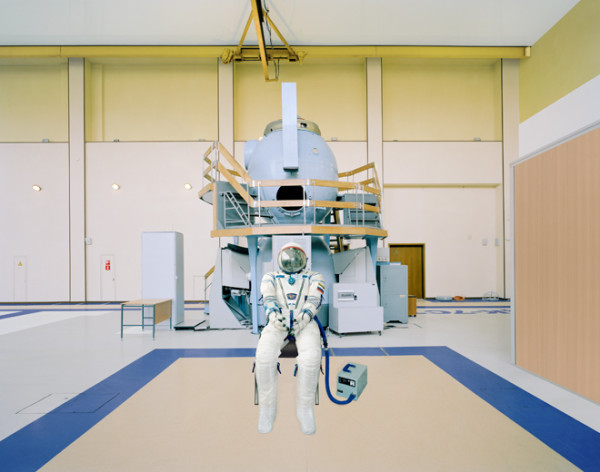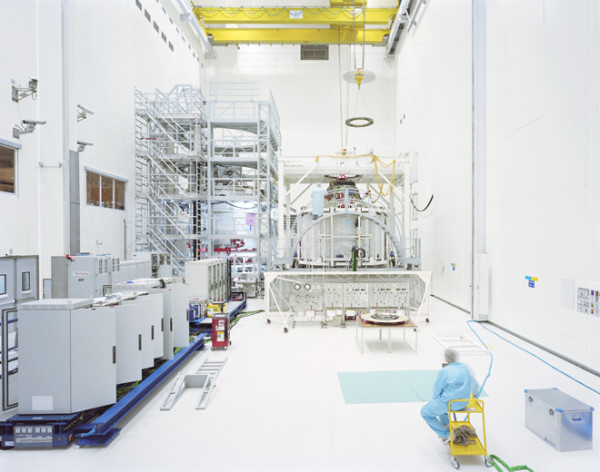Edgar Martins
Wednesday, 5 February 2014
Work form The Rehearsal of Space & the Poetic Impossibility to Manage the Infinite
“In 2012 I approached the European Space Agency with a very ambitious proposal: to produce the most comprehensive survey ever assembled about a leading scientific and space exploration organization. I have contacted ESA at an interesting time in their history when they are looking to establish a more coherent dialogue with the wider public and the arts. Unlike NASA or CERN, ESA do not have an artist residency program. So I was delighted when they agreed to support my endeavor. It is the first time in their history that they have granted an artist exclusive access to all of their facilities, staff, programs, technology, partners, etc. The access I have been granted is unparalleled, even within the framework of the residency programs specified above. This project had an 18-month gestation period and will be launched in early 2014. It documents over 15 separate facilities, located across the world, namely in the UK, Holland, France, Germany, Italy, Spain, Russia, Kazakhstan, French Guiana, etc. These locations range from test centers, robotics departments, jet propulsion laboratories, space simulators, launch sites and launch platforms, astronaut training centers and training modules, satellites and technological components, payload/launcher assembly and integration rooms, etc. I feel fortunate that ESA has recognized, through my proposal, that artists should be entitled to access and engage with space. I was also heartened that ESA welcomed the idea that I may bring with me a critical and artistic perspective. This projects looks, therefore, to engage with ESA and its partners’ programs –the microgravity, telecommunication, navigation, lunar and Mars exploration programs, among others–, whilst also reflecting on the new politics of space exploration as well as the impact of this kind of technological application on our social consciousness. As someone who has always worked in hard-to-access environments, I am interested in the dialogue that these environments can provoke. There are multi-layered challenges for artists working within any established structure – cultural, ethical, legal. In the case of space exploration organizations this can be further exacerbated given the increasing privatization and militarization of space and the constraints that these engagements can activate. My main challenge was, therefore, to develop an approach that was simultaneously descriptive and speculative, and which enabled me to engage with all those I entered in contact with – from scientists to the public. Like a topographer or visual archaeologist I set out to discover and reveal the spectrum of possibilities awakened by the objects and places I visited, consequently, inviting a broader and more intricate experience of its hidden meanings. This project explores the theme of space exploration with a strong sense of perspective, an understanding of the other sector’s operating culture and an unequivocal ability to articulate, critique and engage. The work has a cross-sectoral approach and so it will incorporate a variety of audience driven events such as seminars, exhibitions and discussion forums, scheduled to take place between 2014 and 2018.”





